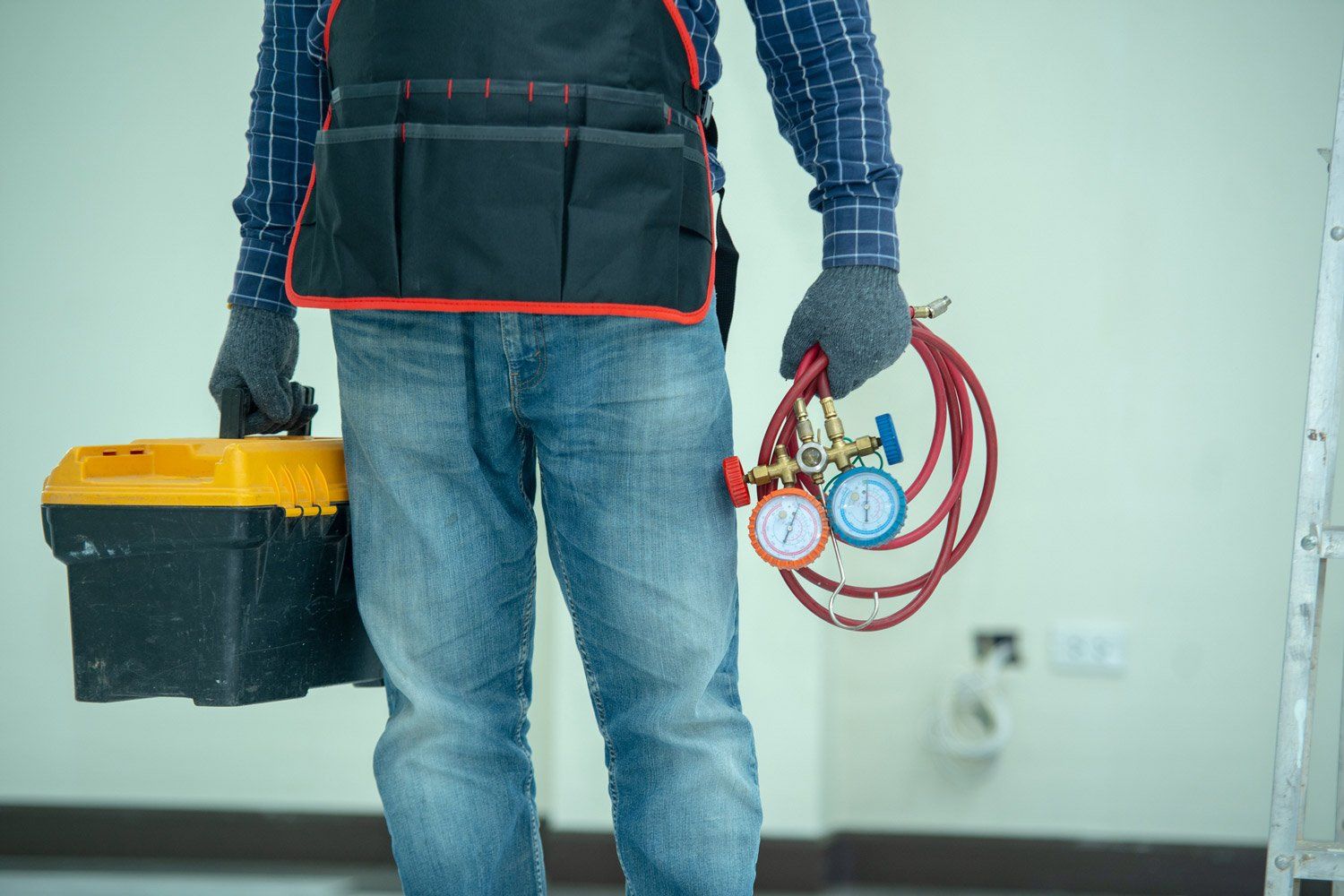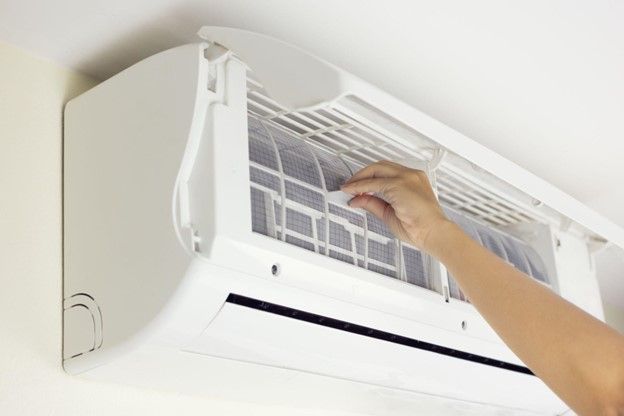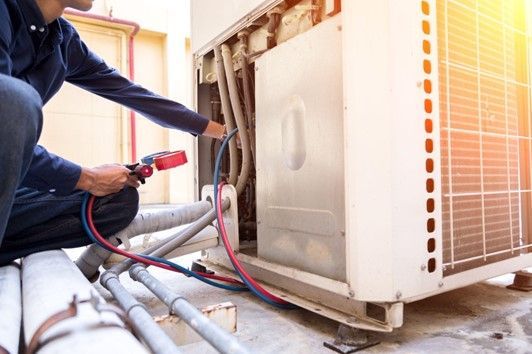How HVAC Maintenance Can Improve Your Seasonal Allergy Symptoms

If you have allergies, you likely do everything in your power to manage the issue, such as dietary changes or allergen immunotherapy. People with seasonal allergies, or hay fever, are often advised to stay indoors so that they can avoid the spores released by grasses, trees, and weeds.
However, if you are still sneezing, itching, or coughing inside your home, it may be because of a dirty HVAC system. If your system is old, hasn't been maintained, or the ducts have leaks, your home could have circulating allergens. Here are a few things you can do to improve the air quality of your home and reduce your symptoms.
Have an HVAC Service Use Vacuums to Clear Ducts
Sometimes microscopic particulates get stuck in the air ducts. As hot or cool air blows through your house, it continues to pass over this debris and spread it around. Also, if there is any moisture present in the ducts, mold spores could potentially develop and spread through your system.
At C. J. Services, Inc. , we can help you remove unwanted particles from your air ducts. Unlike a regular vacuum that you would use for the floor, HVAC vacuums use large pumps that can create a lot of pressure within the ducts. These vacuums force all the debris and pollutants out of the ducts.
Also, if there are any ducts with major leaks, these high-pressure vacuums make the leaks easier to identify since the service technicians can hear and feel air coming out in these areas. Besides clearing out the debris, your service can repair these leaks so that your ducts are more insulated and efficient.
Use HEPA or High-Quality MERV Filters
High-Efficiency Particulate Air (HEPA) filters are incredibly effective at filtering out allergens. These filters have a very fine mesh and can trap extremely small particles. In fact, many medical institutions use special antimicrobial HEPA filters so that dangerous pathogens are eliminated and not spread throughout the building.
You can look into HEPA filters for your entire system, or you can look at stand-alone HEPA devices. Standalone HEPA filters can be used to purify the air in one room. They can be a good choice if you spend a lot of time working from home and need better air quality in a single spot.
Some people feel like they need a HEPA filter for their allergies, but a Minimum Efficiency Reporting Value (MERV) filter can work too. MERV-rated filters are disposable and usually more cost-efficient than HEPA filters.
There are different MERV ratings - the higher the rating the better the product is at filtering out particulates.
Before using a high filter rate, talk with your HVAC technician to make sure it will work with your system.
Stay on Top of Changing Filters
Even if you install good filters in your HVAC, it won't do you any good if you don't change them out regularly or clean them. Less expensive filters may need to be changed more often, while high-end ones can often last significantly longer.
To replace your filter, turn off your HVAC unit, and go to your furnace. While each furnace is different, they all have the same basic components, such as:
- A duct that brings air from the outside
- A filter in the main unit
- A duct that leaves the furnace and pumps air throughout the house
To replace the filter, lift off the panel where the filter sits and then slip the old one out. The air filter will likely have an arrow on its cardboard edge. Make sure this arrow is facing the duct that pumps air throughout your house; it should face the same direction as the air flow.
If you aren't comfortable changing your filter, or if you need any other assistance with your HVAC system, contact us today. We can show you how to reduce your allergy symptoms with your HVAC system.



